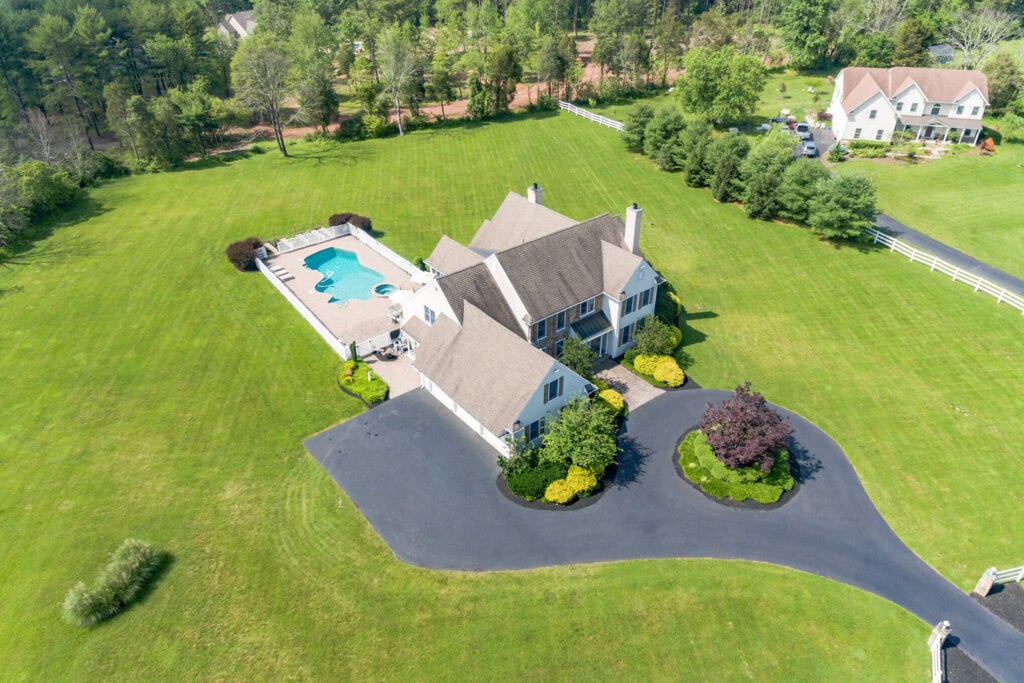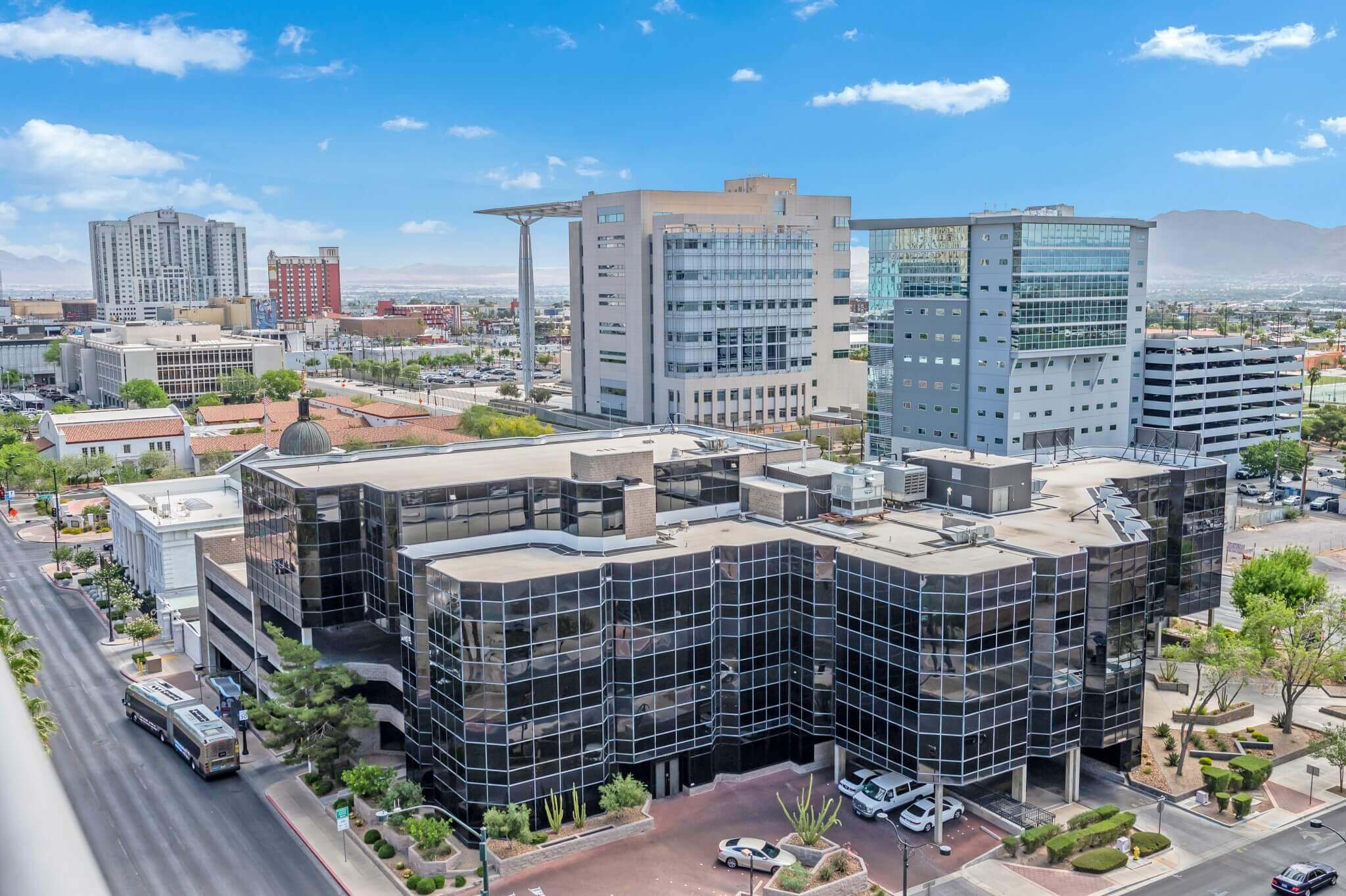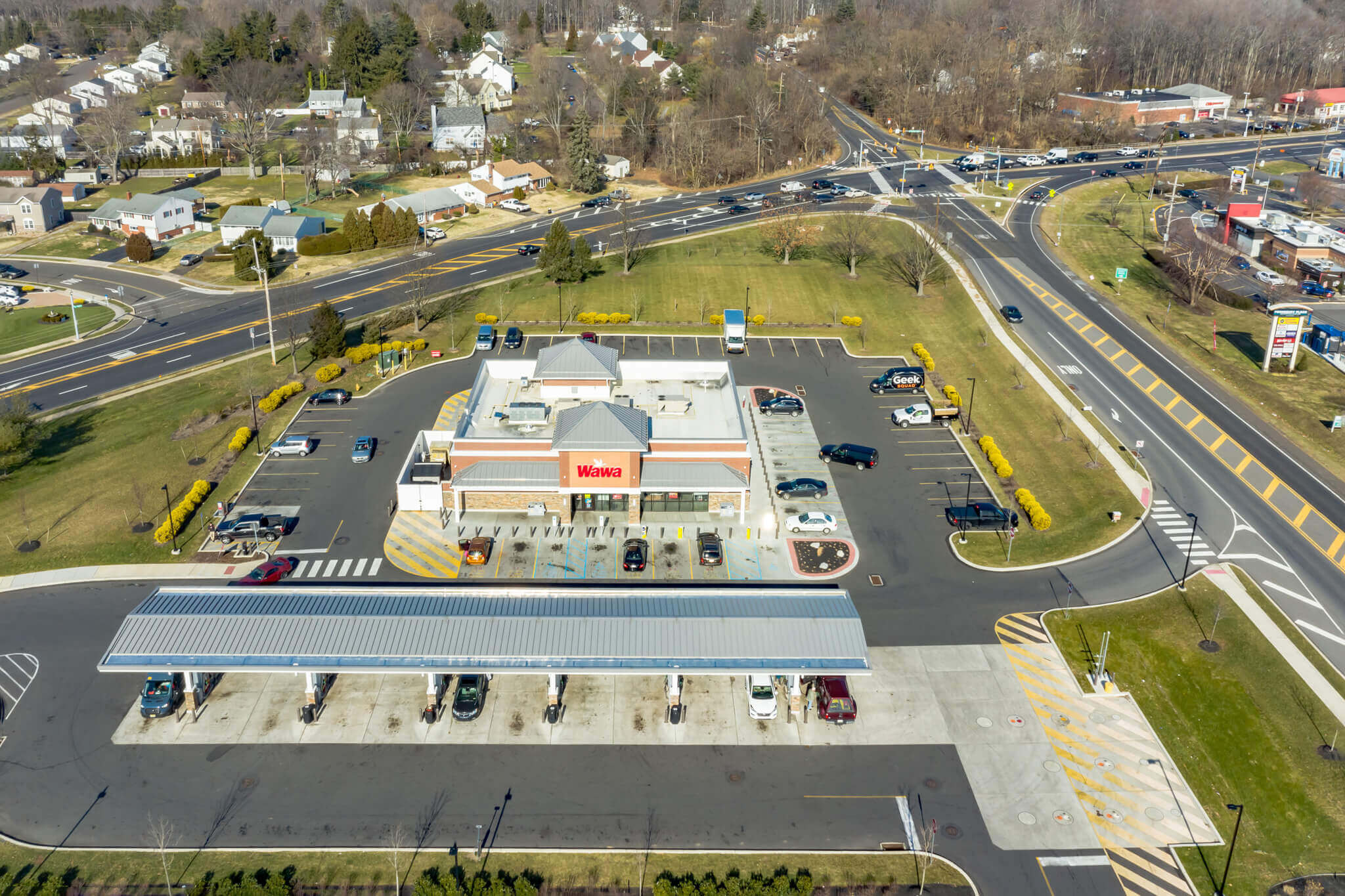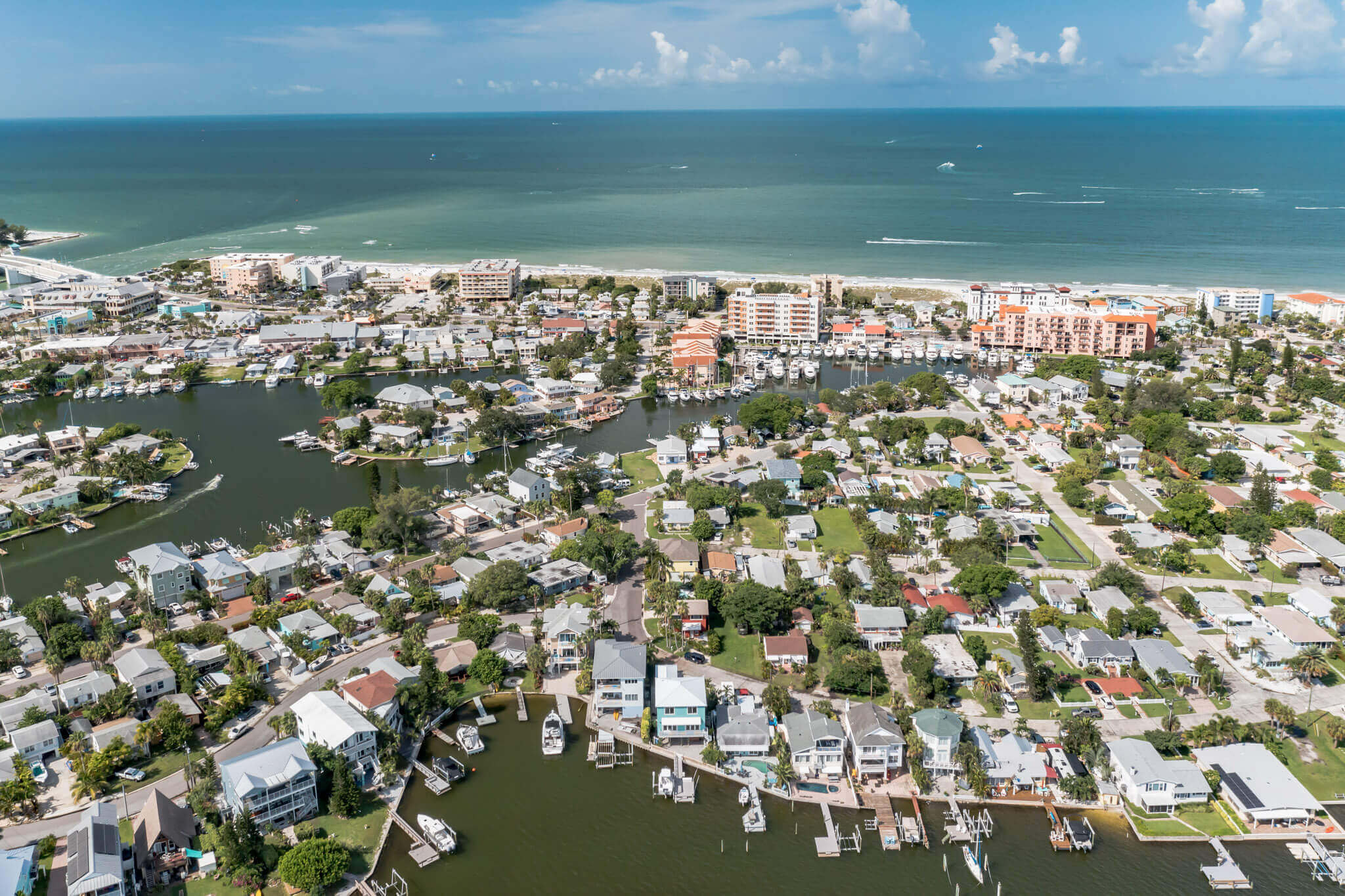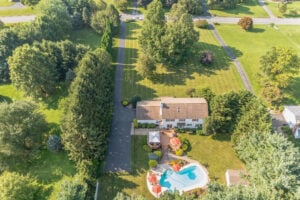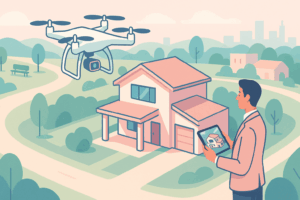Flying Drones for Real Estate Photography
Drones have become a hot topic in the photography world, with many photographers using them to achieve amazing shots. However, being in a new field means there are a lot of things that you have to know before you fly drones for real estate photography—whether for business or pleasure.
Here are five things you need to know about drone photography.
If you’re flying drones for real estate photography, you need to get permission from the FAA if your drone weighs more than 0.55 lbs
You need a remote pilot certificate (if you’re flying for money). You can do this by taking an online course about drones and passing the test at the end of it. The FAA requires that you register your drone if it weighs more than 0.55 pounds and less than 55 pounds before operating it in US airspace. This is so that law enforcement can locate any rogue drones that may be causing problems or damaging property or livestock on private land. Drones cannot be flown within 5 miles of an airport without special permission from air traffic control first, either!
Drone pilots should always fly within line of sight when possible because it’s safer and easier to see what’s happening up there when they aren’t too far away from their aircraft while still being able to control it using their radio controller/transmitter (RC). Flying drones for real estate photography below 400 feet above ground level (AGL) helps prevent accidents as well since most obstacles like buildings or trees will not be visible until they are close enough where collision avoidance measures must be taken; plus flying lower means less wind resistance which translates into better stability during the flight! Flying during daylight hours makes sense too, because then light conditions won’t make viewing difficult while also reducing potential glare during recording sessions, thanks again to fewer obstacles blocking our view.
You can’t fly your drone near airports or other manned aircraft
It’s pretty obvious that if you fly your drone within five miles of an airport, you’re going to get yourself into trouble with the FAA. But what about manned aircraft?
There are plenty of planes flying around in the sky at all times, so what happens if you accidentally hit one? Well, as a matter of fact: A lot!
If a drone hits a manned aircraft while it’s taking off or landing (and most drones will not be able to avoid this), it could cause serious damage or injury. It may even cause fatal injuries for those on board the plane and any people on the ground who get caught in their path when they fall out of the sky!
You may not fly your drone over people who are not part of the operation.
This includes:
- People who are actively involved in the use of the product or service being filmed
- Anyone else who is not involved in the operation (this includes spectators)
Drone insurance is not mandatory, but it can help you avoid major financial loss with just one crash
For the most part, drone insurance is not mandatory. However, if you’re using drones for professional purposes and are frequently using them on shoots, then it may be worth your while to get some coverage.
Having drone insurance coverage can help you avoid major financial loss with just one crash. In addition to this, it can also help you avoid legal issues and damage to your drone and property belonging to others.
If you use your drone for business purposes, you need an insured operator certificate.
If you’re using your drone for business purposes, then it’s vital that you have the proper certificate. The FAA requires anyone operating a drone commercially to have an insured operator certificate. This can be obtained through one of several methods:
- You can go through an FAA-approved aviation school and attend their courses on operating drones. Upon completion, they will give you a certificate.
- You can take an online course from a third-party provider approved by the FAA (which takes about two weeks). Once again, upon completion of this course, they’ll give you another certificate telling everyone how awesomely good at flying drones you are (and are willing to prove it).
- You can take a test administered by either an FAA inspector or a certified examiner who works for them (these people work at airports across the country). If everything goes well with your exam and everything checks out fine with your documents, then boom! Certificate in hand!
In Conclusion
The commercial drone industry is growing, and it will continue to grow. What were once small drone companies are now beginning to compete in the commercial space rather than only the consumer market. With this growth in companies offering commercial drones, comes an increase in demand for commercial applications. There are countless ways that drones for real estate photography can be used for commercial purposes, but first, you need to understand the laws surrounding them and all the necessary stuff you need to know to ensure your experience stays smooth.

